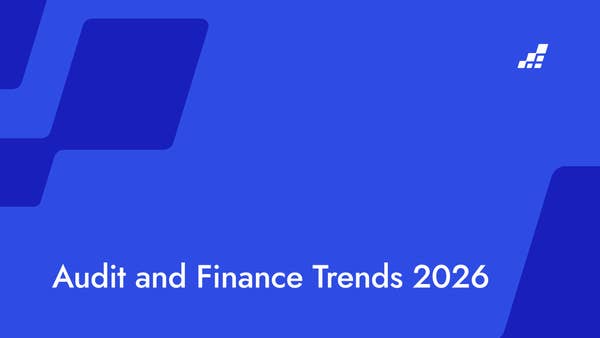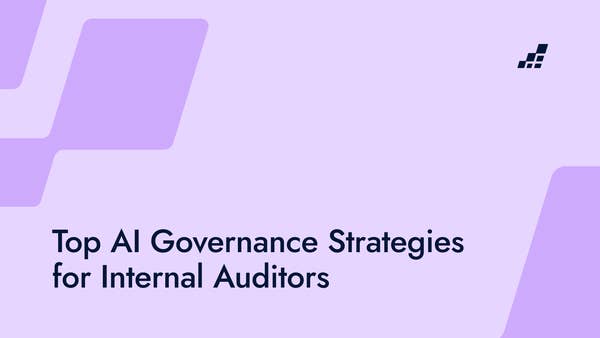- /
- Blog
5 Practical Tips for ESG Reporting

There is no single recipe for success. However, we can offer some guidance on approaching this challenge with confidence. Here are five practical tips for ESG reporting.
1. ESG reporting starts with the why, not with compliance
Yes, while a stick is effective, the carrot is more important. Keeping an eye on the overarching objectives of laws and regulations is crucial. These laws promote a sustainable future by improving insights into sustainable performance. In turn, this allows customers and investors to make more informed and sustainable decisions.
This overarching objective should be central to all efforts to improve ESG reporting rather than merely ticking the box of detailed requirements. In fact, it would be more accurate to speak of ESG insights rather than ESG reporting; language matters. Authenticity in these insights is crucial. Genuine efforts in sustainability and governance will resonate with stakeholders, while superficial reporting will have the opposite effect.
The common perception in the market is that the CSRD imposes very stringent requirements on reporting various topics. However, the opposite is true. There is considerable flexibility to align external reporting— and the associated definitions—with the information used internally for management purposes.
Regulators have adopted this approach to ensure that external reporting is a separate exercise but an integral part of executing the ESG strategy. In fact, the CSRD encourages companies to implement information processes that support the entire cycle of planning, measuring, and managing sustainability goals.
Companies must generate information that adds value to decision-making for their ESG strategy rather than just meeting compliance requirements. Our advice is simple: start with "why". This is especially true in the SMB segment, where many entrepreneurs may not be driven solely by regulatory pressures but will be more inclined to invest in initiatives—whether small or large—if the "why," or the commercial and strategic motives, is crystal clear.
“Start with the why of ESG. This is especially true in the SMB segment. Many entrepreneurs in this segment will not be motivated by the stick of regulations but will be willing to invest in smaller or bigger initiatives if the why – the commercial and strategic motives – are crystal clear.” – Patrick de Veer, Greenaumator (Founder)
2. Obtain clarity and awareness of responsibilities
In contrast, professionals in other domains, such as commercial departments or human resources, do not have the same tradition or experience in establishing an audit trail demonstrating how information is generated and controlled. This is why it’s vital to clarify responsibilities for the data and raise awareness of the need for reliable data across the company.
Defining these responsibilities is part of data governance, a critical step that should be addressed before establishing new infrastructures and systems. These efforts must align with the requirements of ESRS (European Sustainability Reporting Standards); only a structured and systematic process for gathering the right data will enable companies to meet ESRS standards.
“Finance has a strong tradition and experience establishing an audit trail that clearly shows how information is generated and controlled. But other departments do not have that heritage. This is why it is vital to be clear about the responsibilities of the data and to raise awareness of the need for reliable data throughout large parts of the company. Defining these responsibilities is part of Data Governance, a key step that should be addressed before defining new infrastructures and systems.” Riccardo Altenburg, KPMG (Director Digital Transformation ESG Tech).
3. Aim for shared and unequivocal definitions of data
Define first, collect data later. It’s always tempting to start with rapid data collection to meet the tight timelines of the CSRD. However, this approach can lead to disappointment, resulting in a mishmash of interpretations and information of limited value. Even definitions that seem straightforward at first glance require careful consideration and a shared understanding.
For example, the CSRD requires companies to report on the percentage of women in management roles. While defining "woman" may seem straightforward, defining "management" is more complex.
In practice, there will be numerous interpretations of what constitutes a management role. Similar challenges will arise for many of the potentially hundreds of data points. Another example is the definition of a Full-Time Equivalent (FTE), where weekly working hours vary across Europe and may not even be strictly defined.
Therefore, it is crucial to start with a thorough analysis of definitions. This is important not only within organizations but also across sectors and supply chains. In an ideal scenario, a common understanding of these definitions would allow companies to create data hubs for seamless data collection throughout the supply chain, fostering consistency in reporting.
While some global initiatives are working towards these "macro definitions," this ideal scenario remains a distant reality.

.png?width=600&quality=70&format=auto&crop=16%3A9)
